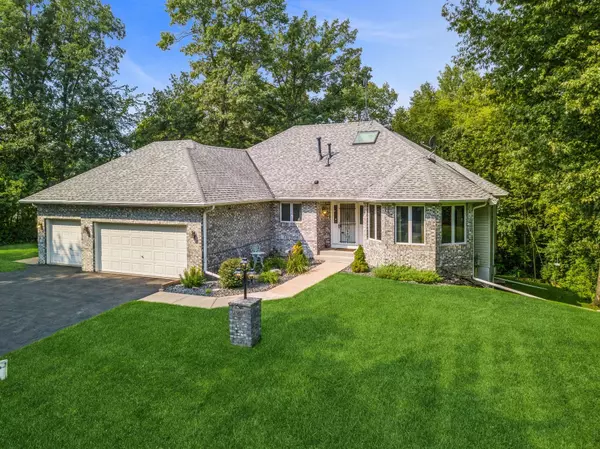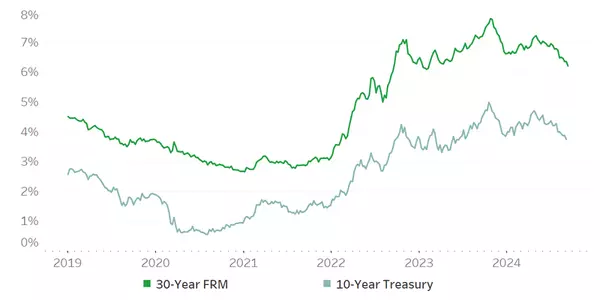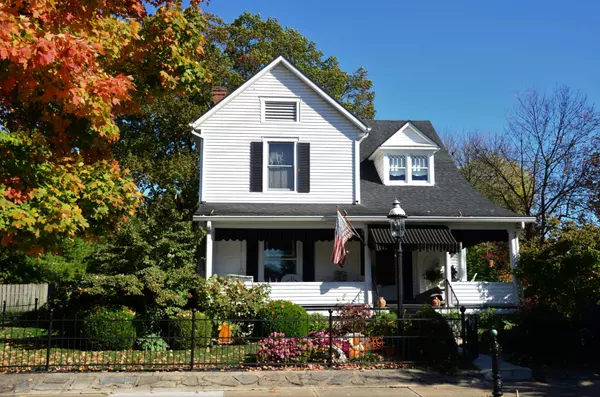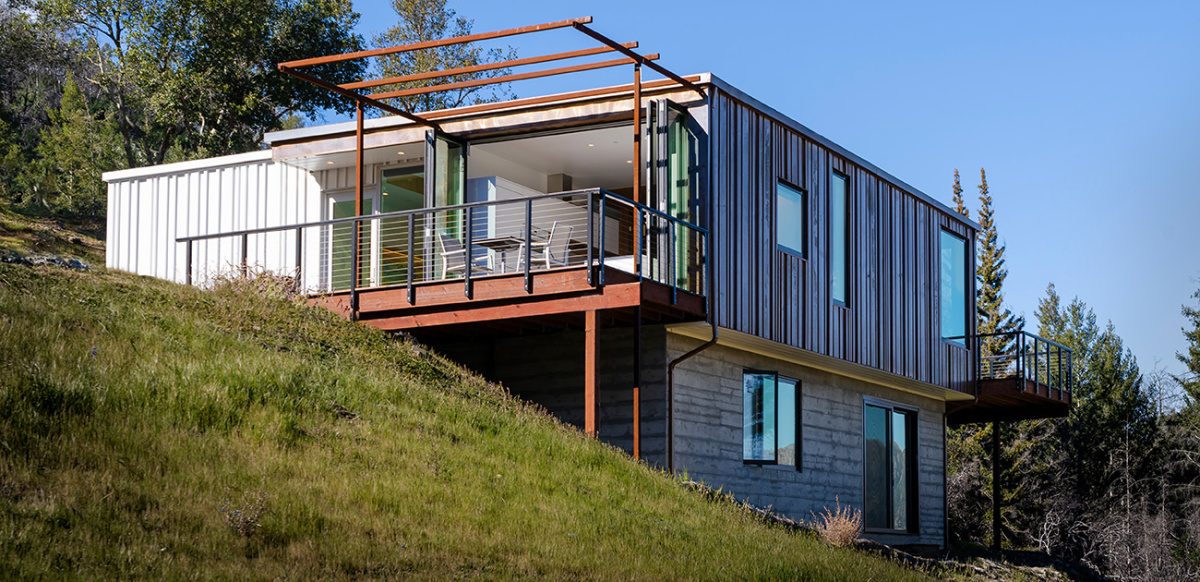Hometown Holiday
Join us for a hometown holiday celebration on Friday, December 1, 2023 4:30 - 7:00 PMLakeside Memorial Park, 95 East Broadway Programming Schedule Little Blue's Traveling Petting Zoo 4:30 - 6:30 PM Smore's and Hot Chocolate Holiday Music & Performances by Dance Tech Studio, Forest Lak

Renting vs. buying
In the age-old debate of renting vs. buying, the scales are continually tipping. Lately, there's been a market update that stands to significantly impact this discussion, particularly for buyers. Some cities are now showing better rent rates than buying rates, which can greatly influence the decisio

Home Values Slightly Higher as Summer Winds Down
Home Values Slightly Higher as Summer Winds Down Typical home values climbed slightly in August, while a healthy crop of new listings finally brought a few more options for home shoppers The typical U.S. home value climbed 0.2% from July to August – a marked cooldown after red-hot monthly appre
Categories
Recent Posts








